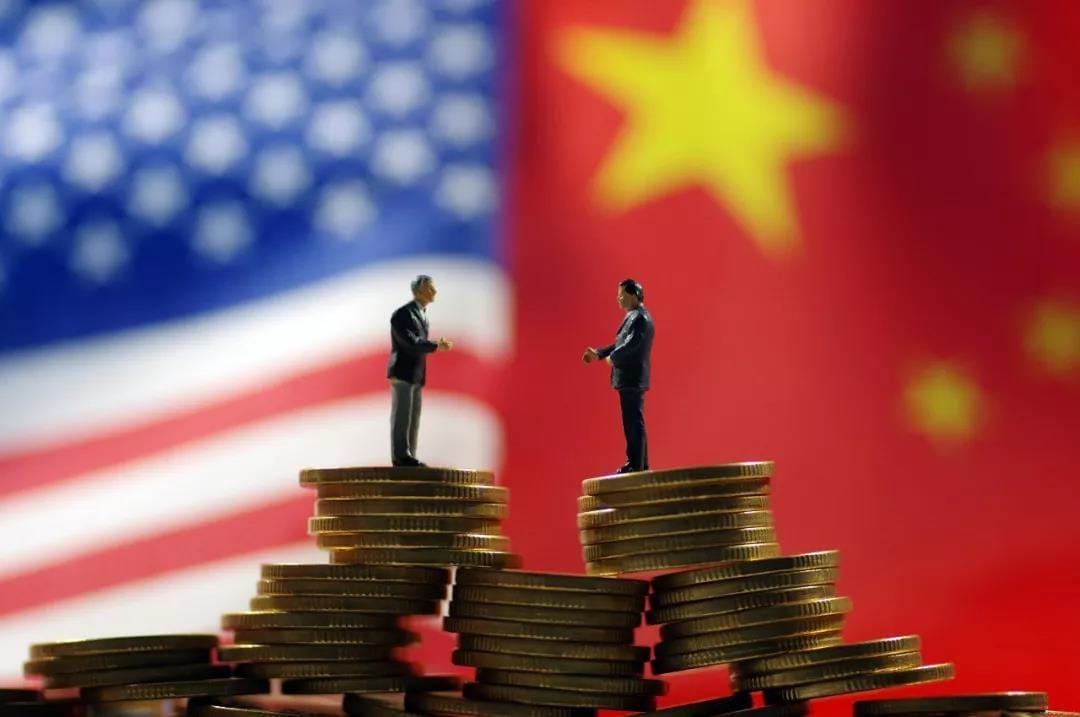
Trump Predicts a “Very Fair” Trade Deal with China: What’s the Outlook?
On July 30, 2025, President Trump told reporters that trade talks with China were “moving along well” and expressed optimism that both sides would reach a “very fair deal” .
What’s Going On?
- Senior officials from both sides recently met for five hours of talks in Stockholm, aiming to extend their existing tariff pause beyond the August 12 expiration date.
- The existing truce dates back to May–June, when initial agreements in Geneva cut reciprocal tariffs: the U.S. capped at 30% and China at 10%.
- Now, U.S. officials—including Treasury Secretary Scott Bessent—are encouraging businesses not to “panic,” highlighting the administration’s leverage in negotiations and reaffirming that the August 1 deadline remains firm.
What Would a “Very Fair Deal” Mean?
A truly balanced, sustainable agreement might include:
- Maintaining tariff levels significantly lower than 30%/10% status quo.
- Concessions from China on rare-earth exports, technology access, and controls on fentanyl precursor chemicals.
- U.S. commitments to ease export controls (e.g. AI chip sales), expand access to China’s domestic markets, and reduce non-tariff barriers.
Challenges to the Fair Deal Premise
- Political pressure: Trump faces criticism to produce visible results before November. Yet reversing export controls—particularly on sensitive technology—remains controversial.
- Economic risks: Markets and the IMF continue to warn that broad tariff uncertainty undermines global GDP growth and squeezes consumer and corporate margins.
- Legal ambiguity: Previous tariff actions, including those under the IEEPA, faced legal challenges. If courts rule against Trump’s unilateral authority, some tariffs could be vacated or rolled back.
Implications for Trade & Logistics
What should businesses expect?:
| Scenario | Possible Impact |
| Deal in place | Tariffs stay at 30% (U.S.) / 10% (China) or drop further; supply chains remain stable; shipping demand steadies. |
| No deal / stalled talks | Tariffs could rise to 34% or more; importers scramble; freight spikes and cargo cycles shift. |
| Partial deal | Some industries see relief (e.g. tech, rare earths), others remain exposed; strategic sourcing becomes essential. |
Logistics providers, especially those handling China–U.S. shipping lanes, should brace for:
- Unpredictable freight flows and possible rate fluctuations
- Clients accelerating bookings before possible tariff escalation
- Greater demand for flexible routing and customs planning
Conclusion
President Trump’s optimism about a “very fair deal” offers hope—but the path remains complex and uncertain. With the August 12 deadline approaching and Stockholm negotiations ongoing, businesses should treat this as a window—not a guarantee.
You can still plan: lock in early shipments, review sourcing options, and ensure customs compliance is airtight. A fair deal may be possible—but preparation will be key, whether or not it materializes.
